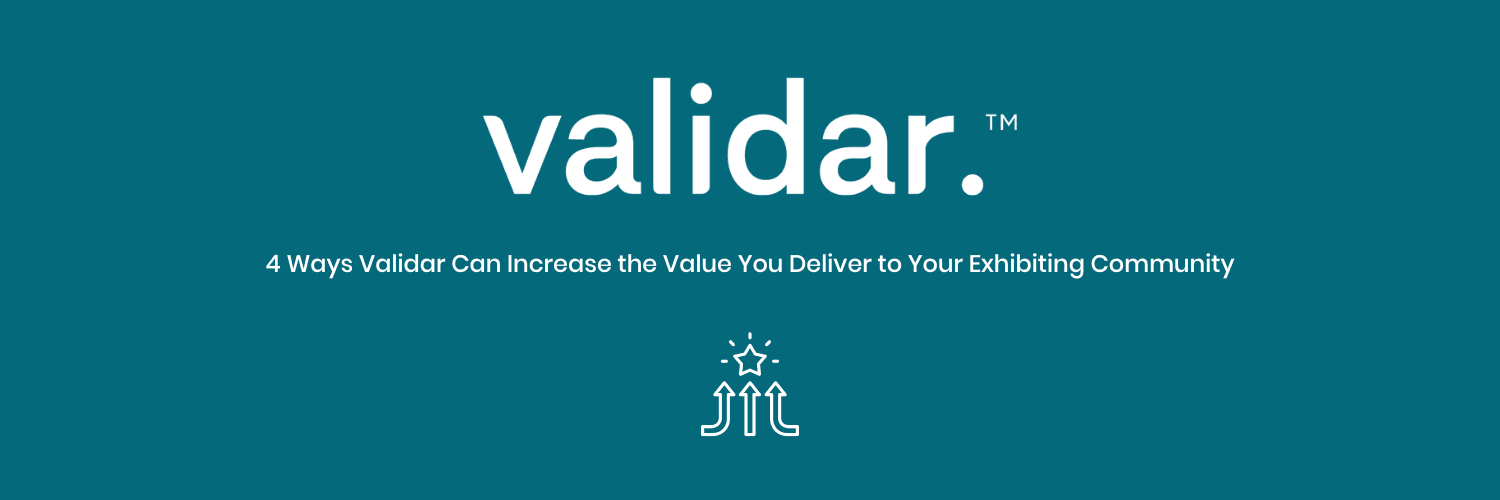Marketing automation relies heavily on email newsletters and event-triggered actions through those emails. When setting up your campaign, preparation and strategy are the key steps to take, the rest is just execution. With dozens of steps to consider, it’s important to follow a systematic approach to setting up your campaigns. Team Validar, who has been helping companies implement and measure events for more than 10 years, has a few tips on how to approach this task. 1. Decide on your goals and methods Select strategic, measurable and realistic goals prior to taking any action. What is the overarching goal you are trying to achieve with your marketing automation campaign? Convert subscribers into event attendees? Increase attendee engagement during the event? Collect data about attendee behavior for consideration in the next campaign? You can select more than one goal, however, make sure to know the exact ways you will measure them at the end. 2. Segment your audience members based on their goals While your actions matter a lot, reaching the right audience at the right time in the way can make all the difference. When thinking through your campaign preparation, consider your audiences’ goals even more than yours. After all, one of your primary goals is to deliver valuable information so your event attendees will want to come back next year. Thus, list out a few goals your audience may be interested in. This data can come from previous events or a survey (as long as it’s based on data). 3. Decide on a few email sequences to trigger actions from the audience There is no right or wrong way to set up your automated email sequences (there can be many depending on your audience and goals!), but the general structure can be based on the following steps:
- Welcome sequence sent to all new subscribers and new customers
- Nurture email sequence sent to all active subscribers and active customers
- “Abandoned cart” follow-up emails for subscribers who did not finish the ‘conversion’ process (have items saved in their carts but haven’t made the purchases)
- Reactivation email sequence sent to all inactive subscribers and active customers
- “Final offer” email sequence sent to all subscribers and customers who haven’t been active for more than 6 months.
An email sequence entails a series of emails that move your subscribers through the customer sales funnel. One important aspect that each email should have, no matter the content, is a clear call to action. 4. Decide what subscriber ‘actions’ you will pay attention to. Once you have great content and call to action to share with your subscribers, decide on which of their actions will trigger a notification to your team. Some of the examples of these actions are:
- A new subscriber subscribes to your newsletter
- An email recipient clicks on a link in one of your emails
- An email recipient ‘converts’ by making a purchase or contacting your business using your email
- An email recipient unsubscribes (as sad as this sounds, this turns out to be an unqualified lead that won’t require any more resources on your part).
Once you have that set up in your CRM, you will get a notification for every activity you find valuable to your sales process. A robust, well-set-up CRM system will not only keep track of your subscribers’ actions, but also help you move them forward in the sales cycle. 5. Implement and measure your success. Finally, the last step of the process is to actually implement your marketing automation campaign and measure its effectiveness. Since you have already decided on your goals, methods and measurement metrics in step 1, this final stage of the process will provide you with the data and answers you’ve been looking for for the last few months. Some key metrics to watch and compare are the number of conversions, the revenue you receive of these conversions and the changes in performance from the last event you’ve put on. Although every company’s event is unique and brings its own value to the table, we suggest to follow this guide or consult the Validar team to help you put on an event with a high ROI and measurable, actionable data.



.png&w=3840&q=75)


